It’s been a long road for Bob Marsh.
A self-described dot-connector at age 76, he will be a fresh face on Maricopa City Council after he was elected outright in the August primary. It took him two tries to win a seat, and he says he intends to stay for only one term.
His election comes after serving on the city’s Board of Adjustment, Planning & Zoning Commission, 2040 Vision Committee and Zoning Code rewrite task force, as well as Pinal County’s Board of Adjustment.

“I think having somebody on council who understands the way the world works, the way the city works, the way a water purification plant works, the way electricity is generated, who understands infrastructure and how it gets done, and how capacity planning really works is useful,” he said.
A long-time engineer, he wants to use his cumulative knowledge gathered from the four corners of the country in his decision-making on council.
“I have engineers in my family, and I have always admired their ability to ask the right questions,” friend Ron Smith said. “Asking the right questions makes Bob a great problem solver. Every good team needs this kind of insight to be productive and effective.”
Cynthia Marsh, his wife of 14 years and the person he has called his inspiration, balances his cerebral analytics.
“We have complementary skills,” he said. “When I get into situations like political campaigns, that requires people skills that I don’t have. She’s got ’em. So, she’s my inspiration.”
They first dated in 1981 and married in 2006. There is a lifetime in between, and it’s a long story.
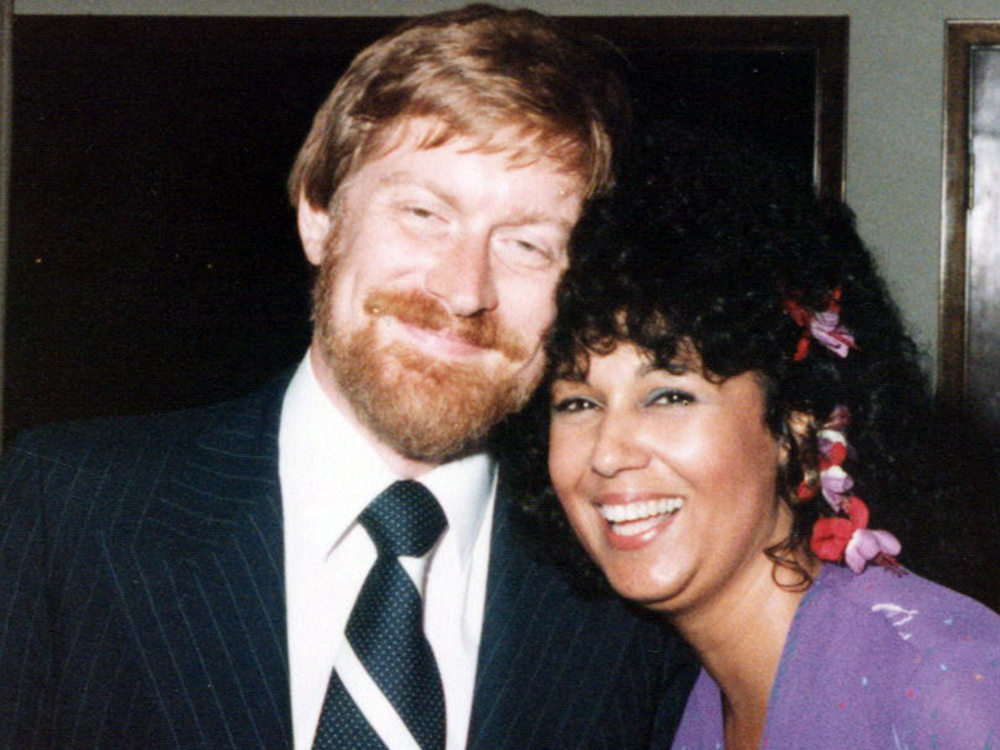
WHERE THEY CAME FROM
Born in North Carolina, Marsh’s father was a Marine in World War II at Camp LeJeune, on the coast. The family went to Pittsburgh for a couple of years and then on to Massachusetts for several years, where Marsh attended school through sixth grade. He attended junior high and high school in a little town named Poultney, Vermont, where both parents were professors at Green Mountain College.
“It was convenient for me going through high school in a small town with a girls’ college next door,” he said.
Marsh’s father, whom he calls a middle-of-the-road Eisenhower Republican, also taught at the Massachusetts Institute of Technology, Tufts University and Massachusetts College of Pharmacy. His mother was a librarian who taught library science.
Marsh said an uncle graduated from MIT in food technology and was the vice president of research and development for Gerber Foods his entire career. His mother’s father had a master’s degree in chemical engineering at MIT and went on to lead the team that developed synthetic rubber after the Japanese destroyed U.S. rubber plantations in Malaysia. That rubber formula is still in use today.
“I’m the kid that took radios apart at age 12 and put them back together right,” he said.
He discovered an interest in electricity and electronics during his sophomore year of high school. He walked the halls of MIT as a kid and showed up as a scholarship student in 1962.
When Marsh wrote letters home, his father would correct them with a red pencil and send them back.
To make ends meet, he became something of an entrepreneur, starting up three businesses during his years there before selling them to MIT as he graduated. He engineered the campus telephone system, ran the distribution of the New York Times on campus and, even while underage, had a contract with a wine seller in Brookline, Massachusetts, to supply big university events with champagne, glasses, buckets and ice.
Meanwhile, Cynthia, who is almost three years older, went to nursing school in Manhattan. After she married, she took hospital jobs near colleges where her husband worked, including Oberlin and Purdue.
“I had a baby in every hospital I worked in,” she said.
That turned out to be three babies, starting when she was 20. But one day, a patient’s death weighed heavily on her. She cried herself to sleep and then quit nursing altogether.
“I went back to upstate New York, where I brought up my kids until the marriage was over,” she said. “And then I moved here to Arizona.”
Her youngest child, who was 13 at the time, came with her. Her second son eventually moved in with her, too. Her oldest was attending Oberlin College.
A friend in Arizona said Cynthia could stay with him until she found a job and her own place. She worked for a psychiatric hospital before going into private practice as a psychotherapist and family counselor.
THE MEET-CUTE
It was while living with her friend that she met Bob Marsh, the red-headed stranger next door.
“He was out digging a trench to do the gas lines in the back of his house,” she said. “I made sure I told him I was not in a relationship. I put my contact information in his mailbox. So, he called.”
That was 1981. Marsh, who had moved to Arizona in the 1970s and was working as a technology engineer, took her out to Cowboys for the first date. They didn’t ride the mechanical bull, but they hit it off. They dated for a year-and-a-half, and then broke up.
Bob went on to marry elsewhere and had two kids of his own. His first child was born when he was 40. His children and Cynthia’s children are a generation apart.
“The company I was working for in Tempe was in the business of designing and building IBM terminals, pre-PC when all computing was done on mainframes,” he said. “There was a company in Georgia doing that same thing for PCs. This was revolutionary and new and exciting. I wanted to get into the PC business. They had a contract with Microsoft, and I wanted to be on that, too. That was my intro to Microsoft. I was a contractor to Microsoft starting in 1989.”
After his marriage ended, Bob and Cynthia reconnected in 1997, this time for keeps. From Georgia, they moved on to Washington state, where they married in 2006.
Cynthia had also taken a job with Microsoft, working on a PC team that was a predecessor to smartphones.
“I had all these other skills. I never even learned how to type,” she said. “Bob says, ‘Go to Microsoft and sign up to get a contract job.’ I got hired as a temp contractor for them. (The hiring official) says, ‘I interviewed somebody who had more skills than you, but you have enthusiasm.’”
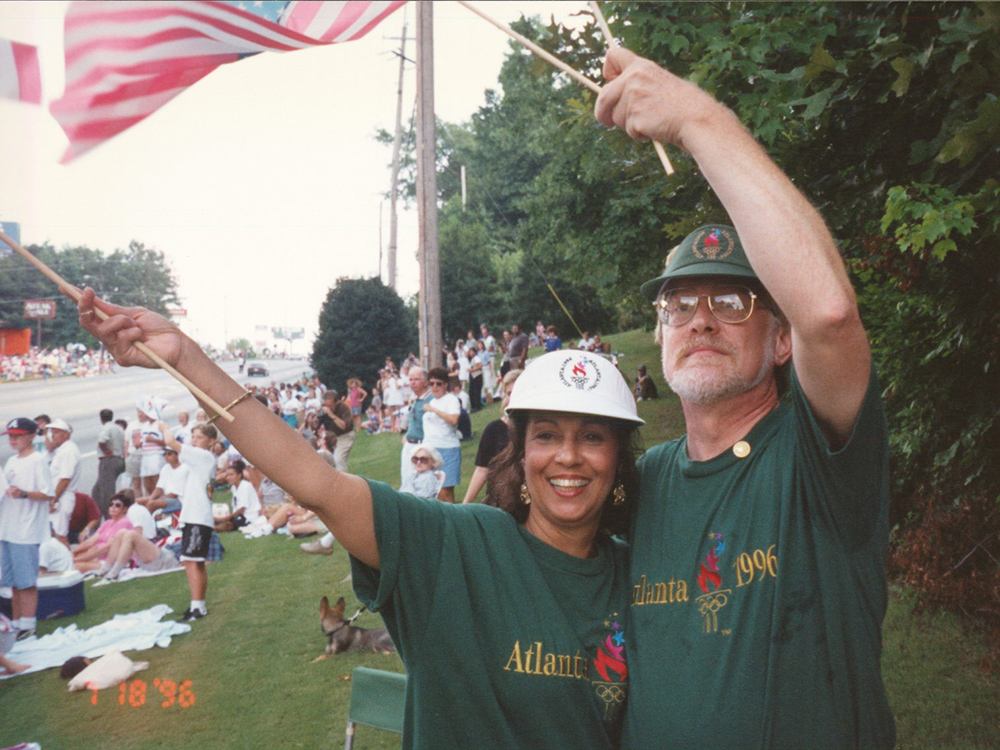
LEARNING MARICOPA
They both missed Arizona, where they still had family and friends.
“My daughter the Realtor said, ‘Hey, this is a good place. The prices are low.’ So, we looked in ’08, and then everything crashed,” Cynthia Marsh said.
When they seemed to have lost out on the model they thought was perfect in Glennwilde, they found the same model in Desert Cedars for five digits.
“No mortgage. Cashed in some Microsoft stock, and there you go,” Bob Marsh said.
They became involved in the homeowners association board, where Cynthia is still using those late-learned typing skills to create the monthly newsletter.
“HOA is the lowest form of government,” Marsh said. “We learned that full transparency defuses a lot of hassles, and having that newsletter make all the HOA activities and vendors fully transparent. When you explain it to people, they understand and can become part of it. We can do the same thing at the city level.”
Taking the City’s Maricopa 101 class, which introduced residents to the workings of City Hall, Bob Marsh combed through the zoning code and other government documents.
“I worked in Microsoft’s legal department for a little while, wrote some contracts and things like that. I understood the legal language and could plow through it fairly easily,” Marsh said. “But I also had ideas about how Maricopa could grow and not just become another piece of the board back on the grid like Chandler, Mesa, Gilbert, whatever.”
His friend Ted Yocum, who was on the Board of Adjustment at the time, pulled him into serving on public boards.
“We served together on Maricopa’s Planning and Zoning Commission for years,” Yocum said. “I can attest that he knows his stuff and that he has a track record of getting to the core of each issue, zeroing in on the right decision, even when most of the rest of the commission was going in other directions.”
That included the P&Z Commission’s discussion of the Anderson-Russell residential development.
“When the Anderson-Russell project was brought up through P&Z, the commission turned it down,” Marsh said. “I had a significant argument in favor of the project. Luckily, there was a councilperson in the meeting who heard my argument, and she relayed it on to council. And Anderson-Russell got approved by council.”
He and a dozen others were named to the Zoning Code rewrite task force and went through 340 pages of legal language in more than a year’s time. On P&Z, he was part of the effort to rewrite the subdivision ordinance, worked on the 2040 Vision Committee and was part of the 2015 General Plan update.
Influenced by what he had seen in Verrado in Buckeye, he campaigned for a “village” concept in future growth plans. That became part of the General Plan because of a team effort in which he was well-versed.
“At Microsoft they realized that people who tried to be egotistical, arrogant superstars didn’t get much done,” Marsh said. “They found that the most successful people and projects were ones that were team efforts. They graded you, even if you were a vice president up at the top, they graded you on your collaborative work. I always got straight A’s on collaboration.”
A bit gun-shy of joining any do-nothing committees, Cynthia Marsh said she was “coerced” into participating in the 2040 Vision, too. She soon found she would rather work in the background.
When Bob decided he wanted to run for council in 2018, she was on board.
“I was very proud of him,” she said. “He’s got a lot to offer. All those committees he’s been on have certainly given him the background. Bob comes in with the skills.”
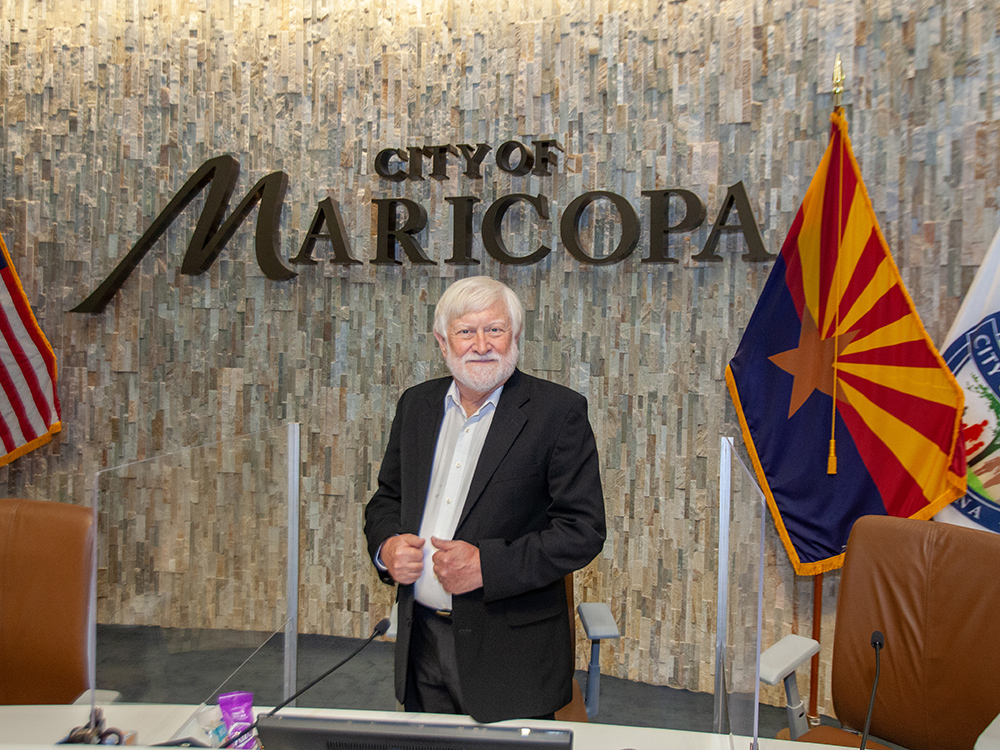
GOING FORWARD
Bob Marsh’s next task is getting up to speed on council-specific issues. He is putting together a list of issues to ask about, including the annexation process. He will join council in December.
“There’s a lot I don’t know about the City, and I have a lot of questions for the mayor and [City Manager] Rick [Horst],” he said. “I’m pretty much in alignment with what’s going on. I’d like to see us do a better job as far as advanced capacity planning.”
For him, that means studying the growth area and growth plans for the next 25 years and determining the necessary internet bandwidth, power lines, water supply, cell towers and other infrastructure. The Anderson-Russell project needs police and fire, water and sewer capacity.
“It would also give developers the opportunity to buy land for development where the capacities exist, where they don’t have to pay extra themselves to bring in that additional capacity,” he said.
The City’s planning area extends down State Route 347 to south of Interstate 8. He sees a lot of potential in the unincorporated area south of Harrah’s Ak-Chin Casino.
“Infrastructure is key,” he said. “It’s the key to bringing new businesses to Maricopa. It’s the key to bringing more people to Maricopa. It’s the key to bringing a hospital here.”
Bob anticipates forging more relationships within the Ak-Chin and Gila River communities.
“I’ve always felt that they’re part of Maricopa,” he said of Ak-Chin, “and there’s not an ‘us and them’ situation. The 27 subtribes that populate the Gila River land, that’s a complex situation. If they have to do a tribal council vote, they have to get all 27 to say something, and that could take a long time. I think Gila River has a bad rap. They’re not counter to all development; it just takes a long time to get a decision.”
Meanwhile, the Marshes are doing more community work. They joined an effort to get face masks to the people in the Navajo Nation. That stemmed from friendships formed there while exploring Arizona.
“Working for not-for-profit agencies gives you an opportunity to look and see what the needs really are,” Cynthia Marsh said.
They also have their combined five children in Pittsburgh, Texas, Washington and Arizona, several grandchildren (one of whom is a redhead) and great-grandchildren to fuss over, but Bob Marsh doesn’t think he can be too busy.
“I don’t want to be measured at the end by how much sleep I got or how much TV I watched or how many pizzas I ate,” he said. “I want to be judged by how much good I got done.”
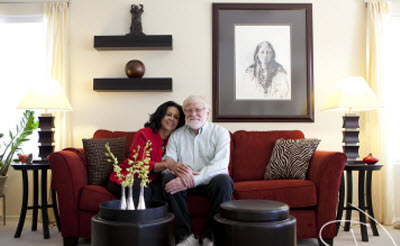
LUNAR LANDING
In the 1960s, Bob Marsh designed, built and deployed eight computer drum memory systems for NASA’s Orbiting Astronomical Observatory II (OAO 2) program at Goddard Space Flight Center in Greenbelt, Maryland. The systems were also used at eight tracking stations around the world as backups to the primary communications systems for comms between Earth and the moon on the Apollo Project. NASA told Marsh the backups were actively used during the lunar landing of Neil Armstrong and Buzz Aldrin. One of the NASA engineers was subsequently the best man at Marsh’s wedding.
This story appears in the September issue of InMaricopa magazine.

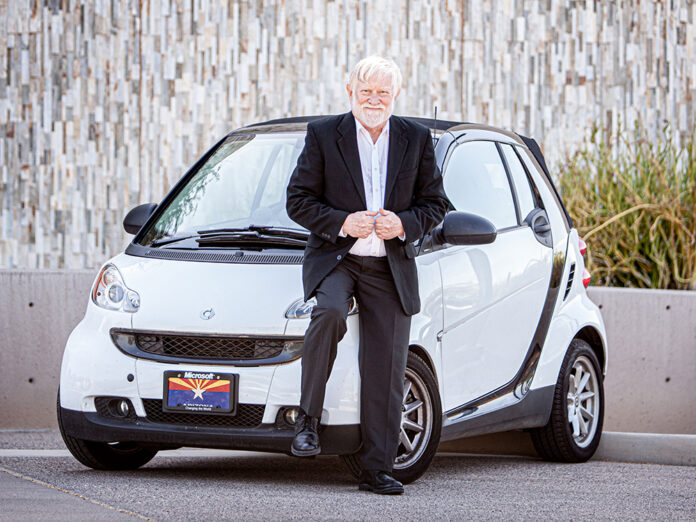



![Elena Trails releases home renderings An image of one of 56 elevation renderings submitted to Maricopa's planning department for the Elena Trails subdivison. The developer plans to construct 14 different floor plans, with four elevation styles per plan. [City of Maricopa]](https://www.inmaricopa.com/wp-content/uploads/2024/04/city-041724-elena-trails-rendering-218x150.jpg)

![Affordable apartments planned near ‘Restaurant Row’ A blue square highlights the area of the proposed affordable housing development and "Restaurant Row" sitting south of city hall and the Maricopa Police Department. Preliminary architectural drawings were not yet available. [City of Maricopa]](https://www.inmaricopa.com/wp-content/uploads/2024/04/041724-affordable-housing-project-restaurant-row-218x150.jpg)


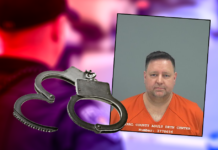







![Elena Trails releases home renderings An image of one of 56 elevation renderings submitted to Maricopa's planning department for the Elena Trails subdivison. The developer plans to construct 14 different floor plans, with four elevation styles per plan. [City of Maricopa]](https://www.inmaricopa.com/wp-content/uploads/2024/04/city-041724-elena-trails-rendering-100x70.jpg)